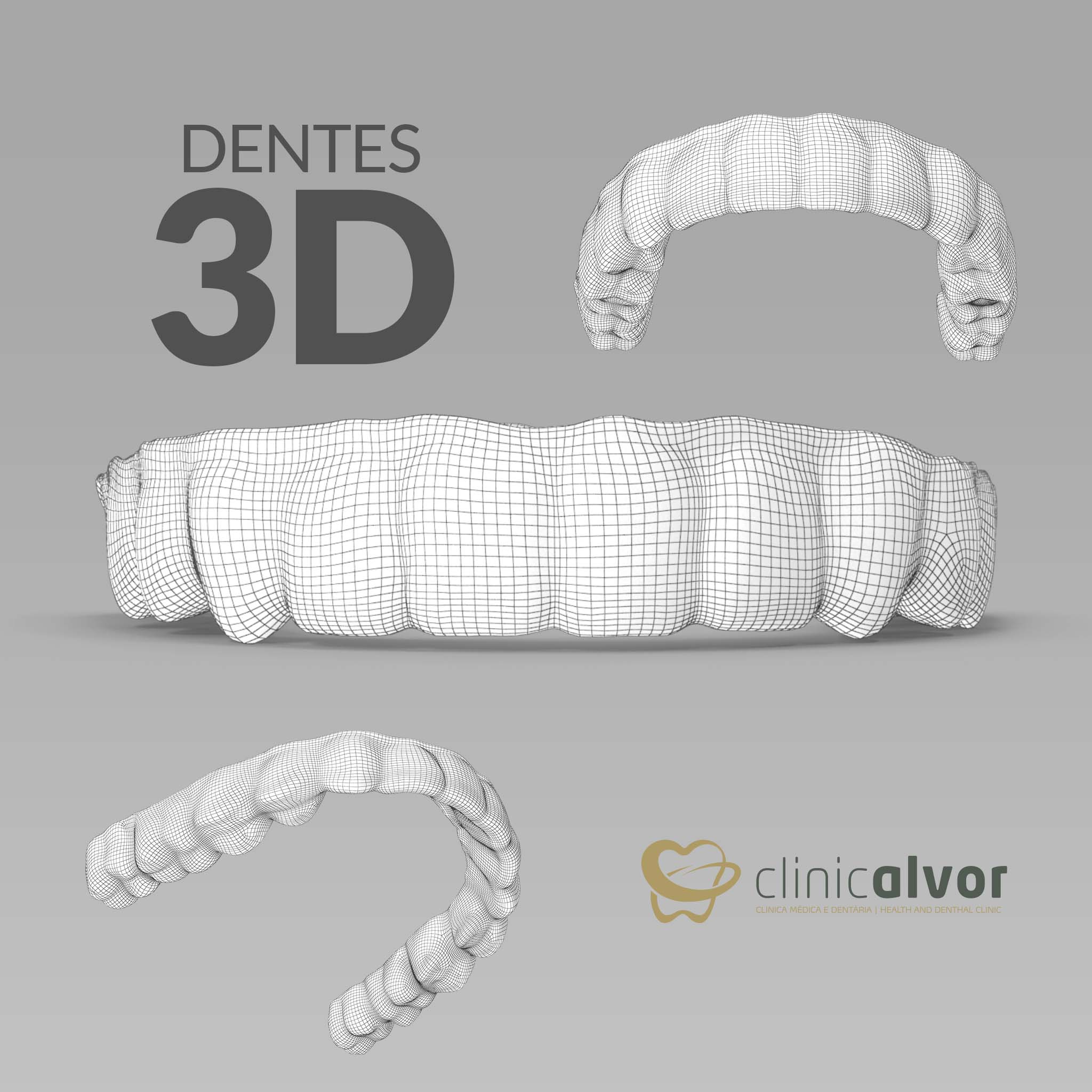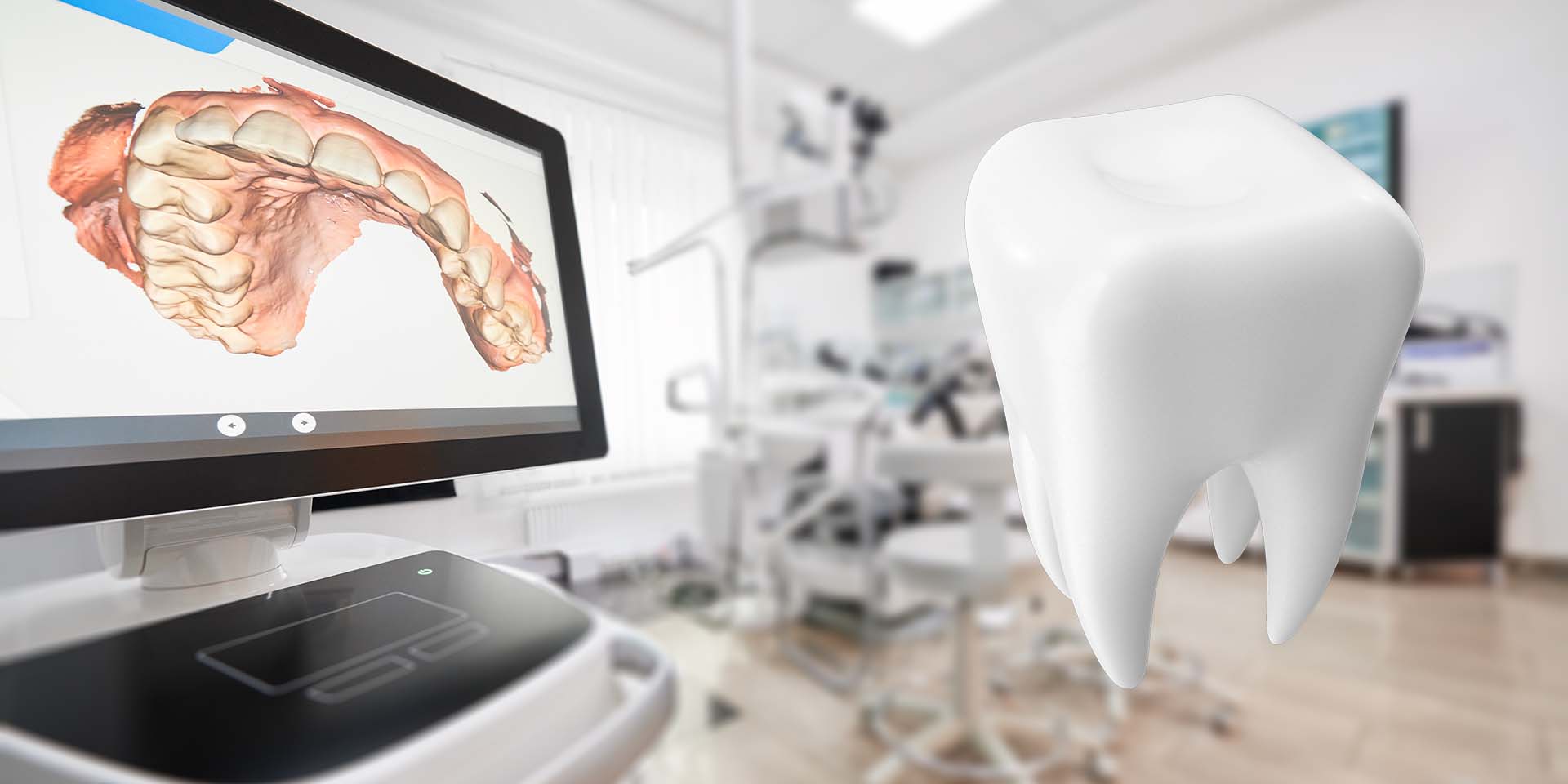- Introduction: The Silent Revolution of 3D Printing
- The Process: From Fingerprints to Dentures
- Clinical Impact: Precision and Personalisation at the Service of the Patient
- Reduced Costs and Increased Accessibility
- The Crucial Role of Continuing Education and Training
- What does the future hold?
Introduction: The Silent Revolution of 3D Printing
In the shadows of the technological advances that define our time, 3D printing in dentistry is emerging as a disruptive force that promises to radically transform the sector. Far from the mainstream media spotlight, this technology is establishing a new treatment paradigm where efficiency and personalisation are not only possible, but the norm.
The Process: From Fingerprints to Dentures
3D printing technology in dentistry begins with the precise digitisation of the patient’s mouth using advanced scanners that capture every anatomical detail. This data is then used to create digital models from which implants, crowns and even full dentures can be made. This method not only ensures a perfect fit, but also eliminates many of the discomforts and errors associated with traditional moulding methods.
Clinical Impact: Precision and Personalisation at the Service of the Patient
The greatest impact of 3D printing is its ability to precisely personalise treatments. Each piece produced is unique and designed to fit perfectly in the patient’s mouth, greatly improving the comfort and effectiveness of treatment. What’s more, the speed with which these parts can be produced allows an almost immediate response to patients’ urgent needs, a significant improvement on the long waiting times that were previously common.
Reduced Costs and Increased Accessibility
As 3D printing technology becomes more widespread, the costs associated with producing dental prostheses are falling. This decrease in cost not only makes treatments more accessible to a larger part of the population, but also allows clinics to offer more innovative solutions without prohibitive charges.

The Crucial Role of Continuing Education and Training
For 3D printing to reach its full potential in dentistry, continued investment in the training of healthcare professionals is essential. Education about new technologies and methods is crucial to ensure that dentists are prepared to integrate these innovations into their daily practices safely and effectively.
What does the future hold?
As 3D printing continues to evolve, new materials and techniques are being developed, promising even more improvements in the quality and efficiency of dental care. Integration with other emerging technologies, such as artificial intelligence, could lead to even more sophisticated customisations and more accurate diagnoses.
Conclusion
3D printing is shaping the future of dentistry with an impact that is both profound and promising. With its ability to personalise treatments and reduce costs, it is not only improving the patient experience but also democratising access to quality dental care. Are we ready to take full advantage of this technology?
Scientific references:
Tack, P., Victor, J., Gemmel, P., & Annemans, L. (2016). 3D-printing techniques in a medical setting: a systematic literature review. Biomedical Engineering Online.
Dawood, A., Marti Marti, B., Sauret-Jackson, V., & Darwood, A. (2015). 3D printing in dentistry. British Dental Journal. Visitado em 13.05.2024: British Dental Journal
Revilla-León, M., & Özcan, M. (2019). Additive Manufacturing Technologies Used for Processing Polymers: Current Status and Potential Application in Prosthetic Dentistry. Journal of Prosthodontics. Visitado em 13.05.2024: Journal of Prosthodontics
Mangano, F., Gandolfi, A., Luongo, G., & Logozzo, S. (2017). Intraoral scanners in dentistry: a review of the current literature. BMC Oral Health.



